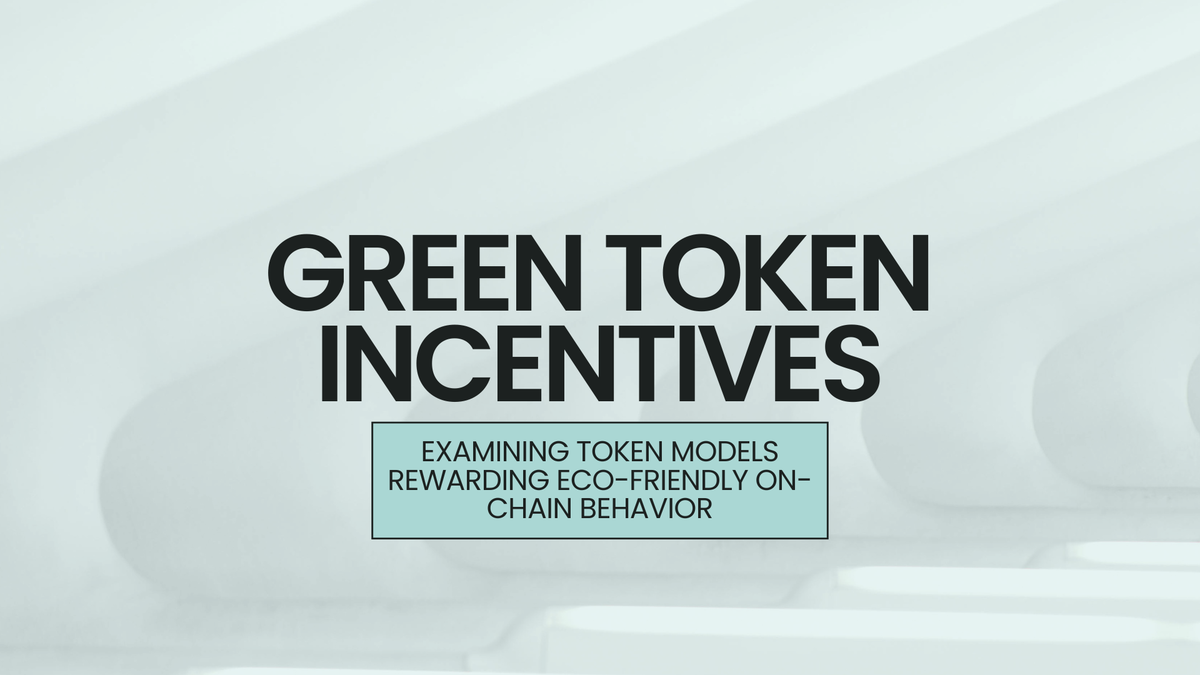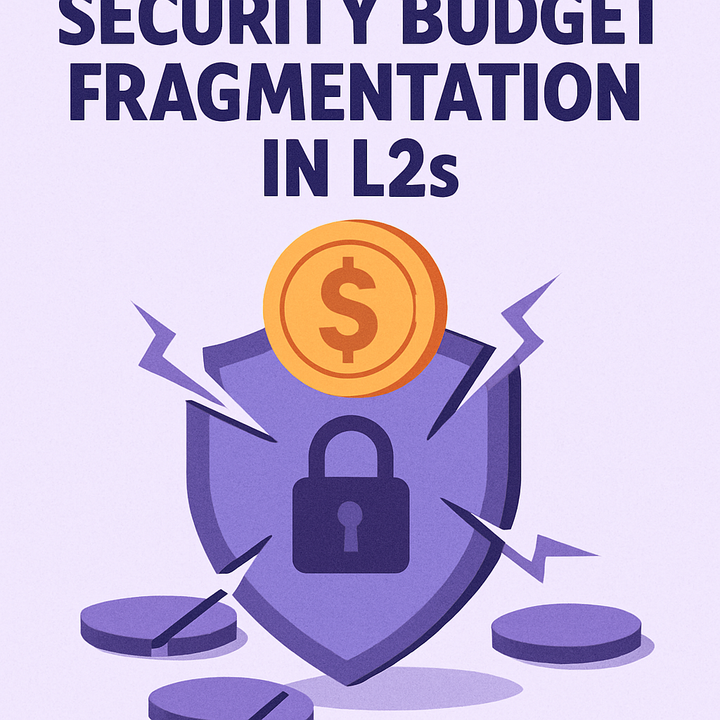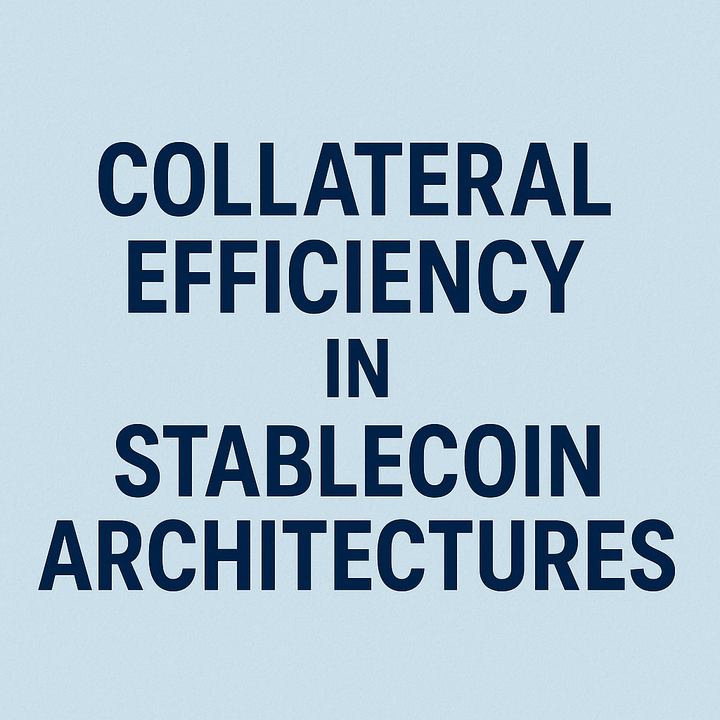Green Token Incentives: Examining Token Models Rewarding Eco-Friendly On-Chain Behavior

Introduction
As blockchain adoption accelerates, so does concern over its environmental footprint. Traditional proof-of-work networks like Bitcoin have drawn criticism for energy consumption rivaling that of small nations. Yet blockchain’s programmable money and immutable ledger also offer unique opportunities to align economic incentives with sustainability goals. Enter green token incentives, token models explicitly designed to reward eco-friendly on-chain actions, from carbon offset retirement to renewable energy production.
Why Incentivize Eco-Friendly On-Chain Behavior?
- Misaligned incentives: Without green mechanisms, many blockchains reward purely financial activities (trading, speculation) rather than environmental stewardship.
- Public scrutiny and regulation: Policymakers are scrutinizing crypto’s carbon footprint. Proactively embedding green incentives can preempt regulation and build social license.
- Investor demand: A growing segment of institutional and retail investors prioritizes environmental, social, and governance (ESG) criteria when allocating capital.
- Network differentiation: Green tokenomics can differentiate a project in an increasingly crowded market, attracting eco-conscious users and developers.
Core Token Models Rewarding Eco-Actions
Blockchain projects employ diverse token designs to reward sustainable on-chain behavior. Key models include:
- Carbon Credit Tokens:
Mechanism: Real-world carbon offsets (forest restoration, renewable energy) are tokenized on-chain.
Example: The Toucan Protocol enables retirement of verified carbon credits, issuing corresponding tokens that represent verifiable removals. Holders lock these tokens to mint the spendable KlimaDAO token (KLIMA), which accrues yield. - Energy Production Rewards:
Mechanism: Renewable energy producers register generation data on-chain and earn tokens per megawatt-hour.
Example: Power Ledger issues POWR tokens to participants selling excess solar power via its peer-to-peer marketplace. Tokens can be staked or used for platform fee discounts. - Behavioral Cashback Tokens:
Mechanism: Smart contracts track eco-friendly user actions, like recycling, tree planting, or opting for green transport, and distribute tokens as cashback.
Example: Pilot programs in the EU, such as the Kultur-Token initiative in Vienna, reward public transport and cycling trips with tokens redeemable for cultural event tickets (VOX tokens). - Proof-of-Stake Yield Bonuses:
Mechanism: Validators on proof-of-stake chains earn bonus rewards for staking green-verified nodes, or for operating on renewable electricity.
Example: Algorand offsets its minimal network emissions and offers additional ALGO rewards to validators who verify their green node status via third-party audits. - Tokenized Conservation Assets:
Mechanism: Biodiversity credits, water rights, or land conservation deeds are tokenized, with holders earning periodic yield from ecosystem services payments.
Example: Emerging platforms like Regen Network (not yet mainstream) plan to distribute REGEN tokens to land stewards who demonstrate verifiable improvements in soil health and biodiversity via IoT sensors and remote-sensing oracles.
Real-World Case Studies
SolarCoin: Rewarding Solar Generation
- Overview: SolarCoin (SLR) is distributed to solar panel owners at a rate of 1 SLR per megawatt-hour produced.
- Impact: Encouraged over 300 MW of additional solar deployments worldwide, with token grants verified via grid-tied meter readings.
- Design notes: Solar generation data is verified by local utilities or trusted third-party oracles. Tokens are claimable monthly, with a total hard cap of 97.2 billion SLR.
KlimaDAO: DeFi Meets Carbon Offsets
- Overview: KlimaDAO locks retired carbon credit tokens (Toucan CCTs) in exchange for KLIMA.
- Mechanics: Each bond purchase (carbon retirements) mints bKLIMA, redeemable 1:1 for KLIMA after vesting. Staked KLIMA receives protocol fee burnbacks, growing holders’ share of on-chain carbon retirement.
- Outcomes: Over 2 million tons of CO₂ retired on chain to date, with a treasury backing of carbon assets that grow as the token price rises.
- Challenges: Token value swings heavily influence retirement pace; requires robust treasury management.
Power Ledger: Decentralized Energy Trading
- Overview: Power Ledger’s POWR token powers its energy trading platform, with sellers earning POWR for each kWh sold.
- Verification: Smart meters feed real-time generation and consumption data to the blockchain.
- Benefits: Local communities reduce waste and grid congestion; renewable generators access direct markets without intermediaries.
Tezos Green Baking
- Overview: Tezos validators (“bakers”) who prove renewable node operation receive baking, reward multipliers funded by the Tezos Foundation’s sustainability grant program.
- Energy use: Tezos blockchain uses Liquid Proof-of-Stake with annual carbon footprints equivalent to a small town (17 global citizens).
- Governance: On-chain proposals by eco-bakers fund research into even greener consensus improvements.
Key Design Principles for Green Tokenomics
- On-Chain Verifiability
- Use oracles (e.g., Chainlink, Pyth) or IoT sensor integrations to verify environmental data.
- Ensure tamper-resistance via multi-signature reporting from independent auditors.
- Alignment of Incentives
- Structure token rewards so that sustainable actions (e.g., carbon retirement, clean energy generation) yield a higher long-term return than purely speculative behaviors.
- Employ decay functions or diminishing yield for repeat actions to prevent abuse.
- Transparency and Auditability
- Provide a public dashboard for key metrics (e.g., CO₂ retired, MWh of solar validated).
- Publish methodology and third-party audit reports, fostering trust among users and regulators.
- Sustainable Emissions Schedule
- If minting new tokens, benchmark emissions against value created (e.g., tons of CO₂ offset per token).
- Introduce deflationary mechanics (token burns funded by protocol fees) to preserve token scarcity.
- Community Governance
- Enable token holders to vote on sustainability initiatives and validate third-party partnerships.
- On-chain governance fosters stakeholder alignment and continuous improvement.
- Avoiding Greenwashing
- Rigorously substantiate all environmental claims with verifiable data.
- Define clear reporting standards and disclose any offsets or partnerships.
Challenges and Mitigations
| Challenge | Mitigation |
|---|---|
| Data Integrity and Oracles | Multi-source verification, decentralized oracle networks |
| Token Volatility ↔ Environmental Goals | Treasury diversification, dynamic bonding curves, stablecoin-backed reserves |
| Over-Incentivization/Abuse | Anti-Sybil mechanisms, on-chain reputation scores, KYC for high-value claims |
| Regulatory Uncertainty | Engage early with regulators; adopt EU MiCA aligned reporting standards |
| Greenwashing Concerns | Publish transparent third-party audits and real-time environmental metrics |
Future Directions in Green Token Models
The next evolution in eco-friendly blockchain incentives involves deeper integration across tech and policy domains:
- Cross-Chain Green Composability: Interoperability between major blockchains allows carbon offset tokens to flow across networks, amplifying environmental impact.
- Web3 Corporate ESG Integration: Decentralized organizations (DAOs) can issue tokenized sustainability bonds and access blockchain-based climate insurance, enabling ESG accountability.
- IoT + AI Hybrid Oracles: Smart sensors and AI detect real-time environmental changes, like reforestation or soil health, and feed verified data on-chain for automated reward mechanisms.
- Decentralized Impact Auditors: Community-driven audit DAOs issue trusted green certifications using NFTs, enhancing transparency and reducing greenwashing.
- Sovereign Carbon Protocols: Local governments leverage public blockchains to host carbon markets, attracting global capital for verified local climate action.
Conclusion
Green token incentives represent an innovative frontier where on-chain economics meet climate action. By carefully designing tokenomics that reward verifiable eco-friendly behavior, whether retiring carbon credits, generating clean energy, or encouraging sustainable consumer choices, projects can align profit motives with planetary health.
As regulatory frameworks mature and blockchain tools evolve, the next wave of eco-oriented token models has the potential to drive billions of dollars into real-world environmental solutions. Teams that prioritize transparent data, robust governance, and equitable incentives will not just survive but thrive in a future where sustainability is non-negotiable.
The opportunity is clear: architects of the next generation of token models hold the keys to unlocking a greener, more resilient Web3 ecosystem, one that rewards those who help heal the planet, one block at a time.
References
- DailyCoin, “Green Crypto: Best Eco-Friendly Cryptocurrencies 2024,” December 12, 2023.https://dailycoin.com/green-crypto-eco-friendly-cryptocurrencies/
- Cryptonews, “Top 10 Greenest Cryptocurrencies in July 2025,”https://cryptonews.com/cryptocurrency/green-crypto/
- Mitosis University, “Green Crypto Initiatives: Addressing Environmental Concerns in Blockchain,”https://university.mitosis.org/green-crypto-initiatives-addressing-environmental-concerns-in-blockchain/
- Profolus, “Environmental Impacts of Blockchain Technology,” https://www.profolus.com/topics/environmental-impacts-of-blockchain-technology/
- CoinCodex, “5 Green Blockchain Projects To Look Out For,”https://coincodex.com/article/11887/5-green-blockchain-projects-to-look-out-for/
- PwC, “Blockchain’s Environmental Impact: PwC Sustainability Framework,” https://www.pwc.com/us/en/services/digital-assets/blockchain-environmental-impact.html
- CryptoNewsZ, “Eco-Friendly Blockchain: How Crypto is Going Green in 2025,” https://www.cryptonewsz.com/blog/going-green-inside-cryptos-push-for-eco-friendly-blockchain-solutions/
- FreeCoins24, “Top Sustainable Blockchain Projects in 2024,” https://freecoins24.io/top-sustainable-blockchain-projects-in-2024/
MITOSIS official links:
GLOSSARY
Mitosis University
WEBSITE
X (Formerly Twitter)
DISCORD
DOCS


Comments ()